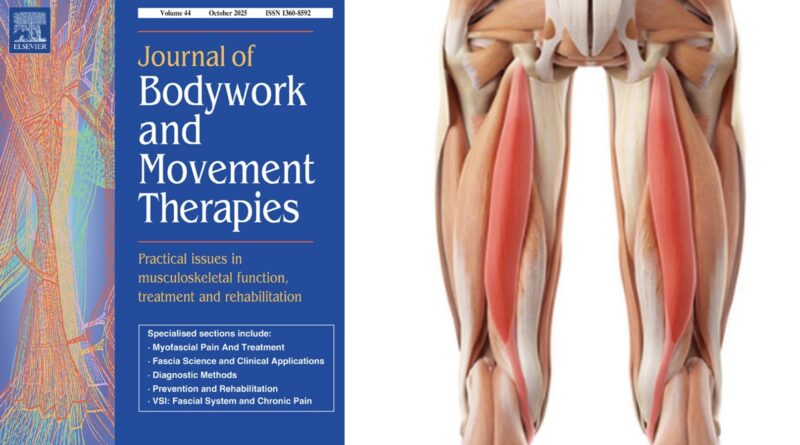Hamstring tendon rupture in elite judo athletes
Willrich Castilhos AT, Pivotto LR, Birk Preissler AA, da Rocha ES, Vaz MA, de Almeida Paz I. Hamstring tendon rupture in elite judo athletes. J Bodyw Mov Ther. 2025 Oct;44:275-280.

ABSTRACT
Objectives: To describe the characteristics of hamstring tendon rupture and the rehabilitation process in elite judo athletes who underwent surgical intervention and physical therapy.
Design: Case series study.
Participants: Three professional judo athletes.
Main outcome measures: Characteristics of the injury, surgical repair, rehabilitation process, and return to sport were evaluated.
Results: The sample consisted of two women and one man (37.3 ± 11.0 years old), elite judo athletes (24-31 years of practice; participation in Olympic Games, Pan American Games, and World Championships). All athletes injured the supporting leg and had the rupture after abruptly extending the knee with the hip in flexion, in a closed kinetic chain. There were between-athletes differences in the physical therapy regimen before and after the surgery, and in the surgical repair techniques. Athletes returned to sport after 3-, 5-, and 7-months post tendon surgical repair. More specifically, one of the athletes returned to Uchi Komi at 3-months and to Randori at 5-months, while the other two returned at 5- and 7-months post-surgery, respectively. There were no cases of injury recurrence.
Conclusion: Hamstring tendon rupture occurred after abruptly extending the knee with the hip in flexion, in a closed kinetic chain, affecting the supporting leg in judo athletes. Physical therapy seems to be an important resource for recovery, since these athletes’ return to sport was early compared to other modalities reported in the literature.
Keywords: Athletic injuries; Lower limb; Return to sport; Tendon rupture.
Purchase the article HERE.

